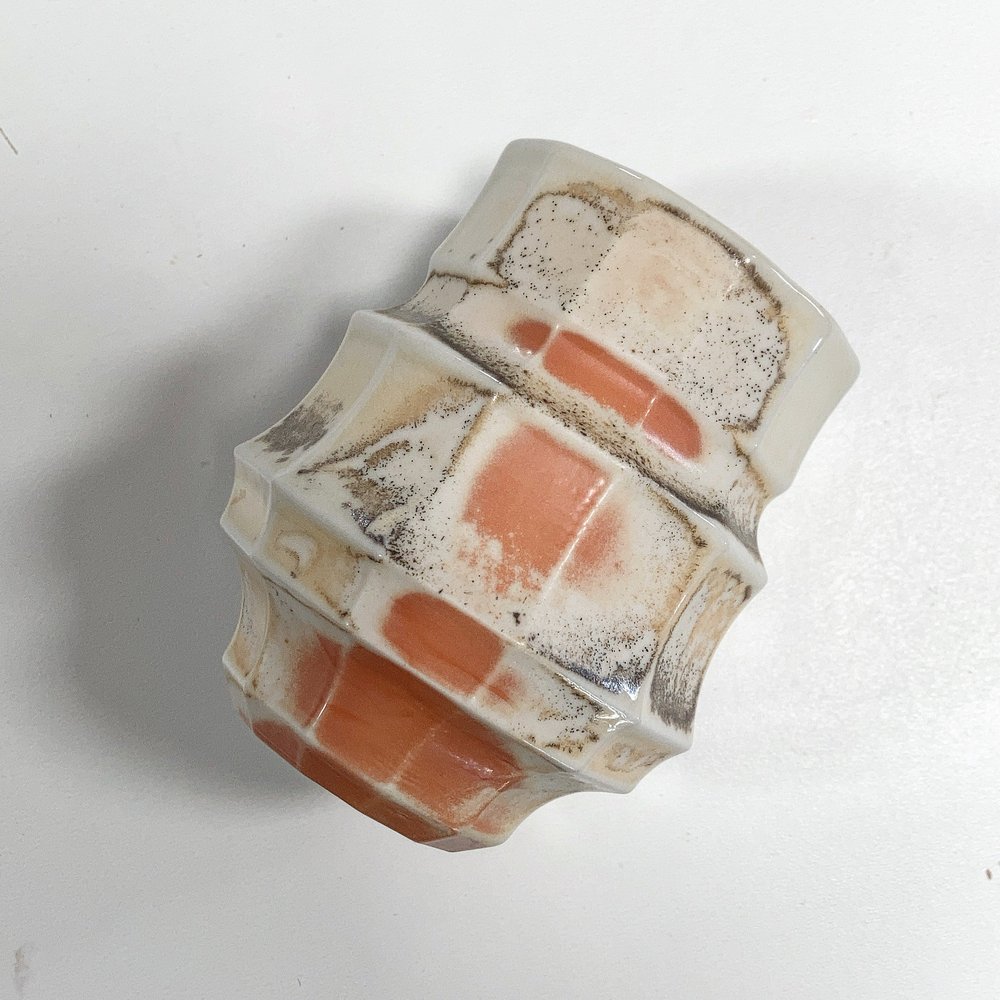The Basics of Woodfiring
What is Woodfiring?
Woodfiring is a specialized form of ceramic firing in which wood is the only fuel used to heat the kiln. It is a predecessor to the modern kiln and is completely manual.
In modern kilns, gas or electricity are typically used as fuel to heat the kiln, and kiln technologies have advanced to such an extent that we can now program kilns to run highly sophisticated firing schedules with the push of a button. In a woodkiln, by comparison, wood is the only fuel used and the kiln is stoked entirely by hand for the duration of the firing, which can last up to a week and a half (day and night), reaching temperatures of ~2400 degrees Fahrenheit, (cone 12). It is a very labor intensive, relational, and dynamic form of firing. The shape and size of the kiln, how the pots are arranged inside the kiln, and how it is tended to during the firing all have a tremendous effect on the final results.
The ceramic surfaces achieved through woodfiring are the combined effect of the flame and ash inside the kiln interacting with the clay—the flames are weaving their way through the shelves of pots and the ash is billowing inside the kiln. If you can imagine looking inside a volcano, or into the belly of a dragon...that’s it.
The images of our wood-fired ceramic work above illustrate a range of surfaces produced by woodfiring. The peach and creme tones are typical of raw porcelain. We have also included examples of a dark clay body, extreme ash, and some partially glazed pieces for comparison. Surface variations depend on the clay body itself; where in the kiln a particular piece is located; and what pieces it’s next to, (i.e. how it’s being exposed to the flame and ash). Each woodfired piece is completely unique and functions as a record of its environment during the firing—a window into the kiln during that particular moment in time; both an artifact and a treasure.












